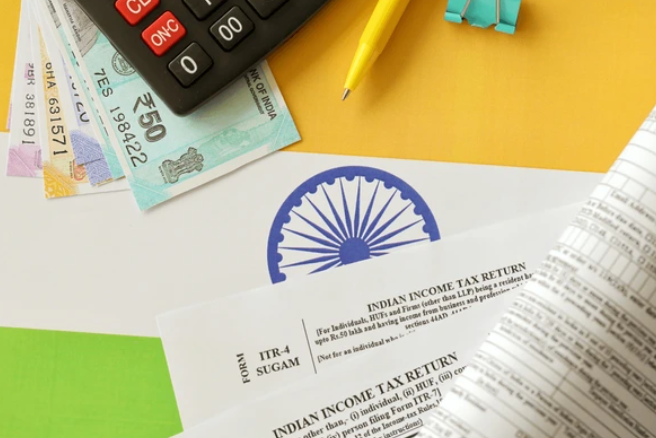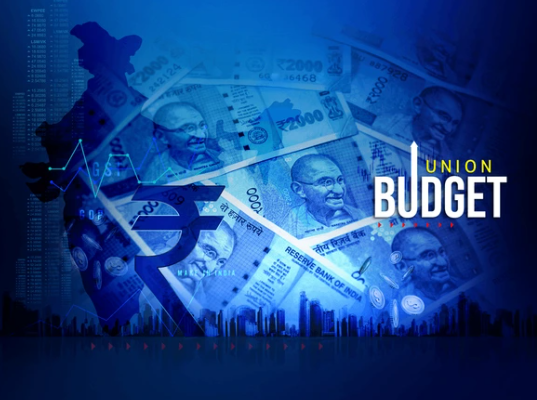India’s fintech revolution, led by UPI, has reshaped the landscape of digital payments across the country.
UPI Failure in India –
With over 12 Billion deals per month as of early 2025, UPI is the backbone of India’s cashless frugality. But what happens when the backbone fractures?
On April 09, 2025, millions of Indians faced an unanticipated horror — a massive UPI outage that lasted over roughly 7 to 8 long hours. From road merchandisers to large ecommerce platforms, everything ground to a halt. But this wasn’t just a routine specialized glitch. Behind the scenes, cybersecurity experts uncovered disturbing patterns suggesting a far more minatory possibility a coordinated, large-scale “Cyberattack” that might just be a precursor to commodity bigger.
What Really happed on April 9, 2025?
Users across India began reporting failures in UPI deals. Originally assumed to be a load issue, things escalated quickly. By the evening-
• Payment apps like PhonePe, Google Pay, Paytm, etc. stopped working.
• Bank apps failed to authenticate UPI PINs or fetch account balances.
• Backend system of NPCI went unresponsive.
The NPCI (National Payments Corporation of India) issued a vague statement about “technical difficulties due to unforeseen traffic” but security analysts were already raising red flags.

Also read an article by The Times of India – UPI down: GPay, PhonePe, Paytm and other payment apps hit by outage as user report failed payments
The Hidden Threat: A Cyberattack in Motion?
Cybersecurity firm SentinelSec, which monitors digital infrastructure for critical vulnerabilities, released a chilling report. Their data showed:
• A 40x increase in probing attempts on NPCI servers a week prior.
• Targeted phishing campaigns mimicking NPCI and RBI communications.
• Malicious payloads attempting to exploit outdated APIs used in UPI integrations with banks.
The most worrying revelation? The attack vector resembled tools used by state-sponsored hacker groups known for critical infrastructure attacks in Eastern Europe and Southeast Asia.
Why is UPI so vulnerable?
UPI, while revolutionary, has inherent architectural risks:
- Centralised Processing: All UPI requests are routed through NPCI’s core switches. A DDoS (Distributed Denial of Service) attack on these switches can cripple the whole system.
- Interconnectedness: Banks, third-party apps, wallets — all rely on tightly coupled APIs. A vulnerability in one node can impact the entire ecosystem.
- API Overload: With the surge in UPI-based services like credit lines, mutual fund investments, and digital gold — the API surface is ballooning, increasing the attack surface.
The Upcoming Cyberattack: Is This Just the Beginning?
Insiders from CERT-IN (Computer Emergency Response Team – India) confirmed that multiple government departments received threat alerts from foreign intelligence collaborators. The alerts indicate a multi-phase cyber offensive targeting:
• Payment infrastructure (like UPI, IMSP, RTGS, NEFT)
• Power grid substations
• Critical data centres hosting government services
These are not random attacks. They’re part of what experts are calling “Cyber Mahabharat” — a term used to describe a silent war playing out across firewalls, darknets, and malicious scripts.
Government’s Response: Reactive or Proactive?
So far, the Indian government has:
• Urged banks to migrate legacy APIs and strengthen multi-factor authentication.
• Directed the NPCI to set up redundant infrastructure in South India as a failsafe.
• Collaborated with international agencies like Interpol’s Cybercrime Division and Israel’s CERT for threat intelligence sharing.
Yet, critics argue the response is largely reactive. India still lacks a dedicated national cybersecurity command, something the US and China have long had in place.
What Can You Do as a UPI User?
While you can’t secure NPCI’s servers, you can secure your digital presence:
• Update all payment apps and revoke UPI permissions you don’t use.
• Avoid using public Wi-Fi for transactions.
• Use biometric + PIN-based authentication where available.
• Keep an eye out for phishing scams pretending to be from RBI or your bank.
The Road Ahead: Trust, Resilience & Redundancy
The UPI outage of 2025 is a wake-up call. As India marches toward complete digitization, resilience must match innovation. Financial infrastructure is now as vital as roads, power, or water. If it fails — so does the country.
When UPI fails, Cash Prevails –
In the era of cashless India, frequent UPI payment failures and the looming threat of cyberattacks suggest that people should consider carrying some cash as a precaution against potential mishaps or fraud.
Cyberattacks are not just lines of malicious code; they are modern warfare tactics. And while firewalls and patches can help, the real strength lies in preparedness, public awareness, and political will.
India stands at a crossroads. The next 12 months will decide whether we secure our digital sovereignty or become yet another example in the growing list of cyber-vulnerable economies.
Also read:
JioCoin: Shaping India’s Digital Future
Deep-Sea Creatures Emerging on Land: A Mysterious Phenomenon


